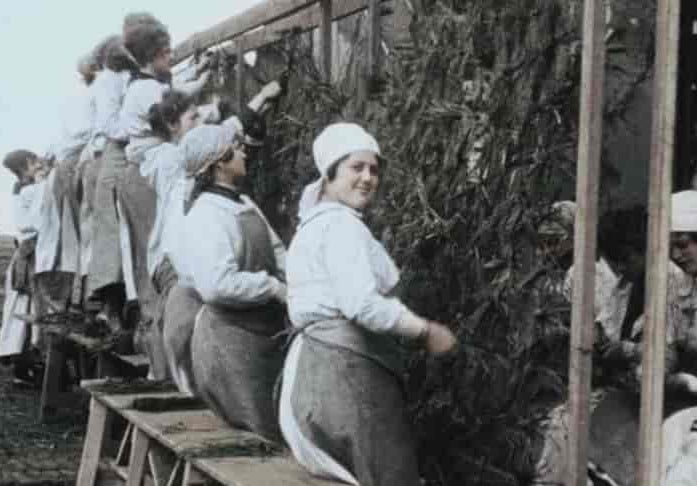How did World War 1 change women’s roles in society?
The First World War represented an advance in the incorporation of women into the market. Until then, she had been relegated to housework or accompanying her husband in various social events.
Even during the height of the Industrial Revolution, women were relegated to childcare and only a few – in most cases single – managed to enter the production process, but always relegated and with lower wages than men.
The war brought about a change: on the one hand, the recruitment of a large part of the male population to go to the front, and, on the other, the industrial needs derived from the warlike conflict, attracted women to the labor field.
The First World War created new roles for women by assuming jobs and responsibilities in which they had previously been excluded: thus, for example, the women who worked in the banking sector grew from an initial 9,500 to almost 64,000.
In World War 1, the incorporation of women into the labor market reaches figures never seen before. In addition, they take on jobs as disparate as chimney sweeps, truck drivers, or workers in the arms industry.
Thus between France and Great Britain more than one and a half million women worked in weapons factories; while in Germany 38% of the Krupp war factory was made up of women in 1918.
One of the handicaps the women encountered was logically the resistance of the men who remained in the factories. They did not readily accept that women could perform some of their jobs with equal effectiveness.
Another concern they had is whether lowering wages with women could ultimately harm them. However, women are the first to mobilize asking for a salary equalization by law to avoid this discrimination.
The French government was among the first to address the issue: thus, in 1915, it established a minimum wage for women who worked in the textile industry, sewing a huge quantity of military uniforms.
Later in 1917 it decreed that men and women earn the same per piece worked. Still, despite government intervention, inequality still exists at the end of the war.
The end of the war could seem like an end to this process: the sense of temporality of women in the workplace persisted, the return of the men from the front meant their reincorporation into the labor market and the displacement of women, the wage difference increases etc.
All this was benefited by the scarcity of women’s “real” political rights: the absence of universal suffrage in the most advanced democracies, despite the claims of feminist movements or certain political tendencies, led us to think that this discrimination would return to the past .
However, the end of the World War 1 marked a definitive change: the human losses or the return of soldiers whose capacity to work was already null allowed that this door was no longer closed.
The women assumed positions that many men did not want, demonstrating their ability to work. Furthermore, the fight for their rights continues to grow, becoming a reality that the political class cannot avoid.
Little by little, the main democracies establish universal suffrage, something that represents a fundamental advance. Logically this was only the beginning. A path that has followed (and continues) in subsequent decades.

Source: National Geographic






